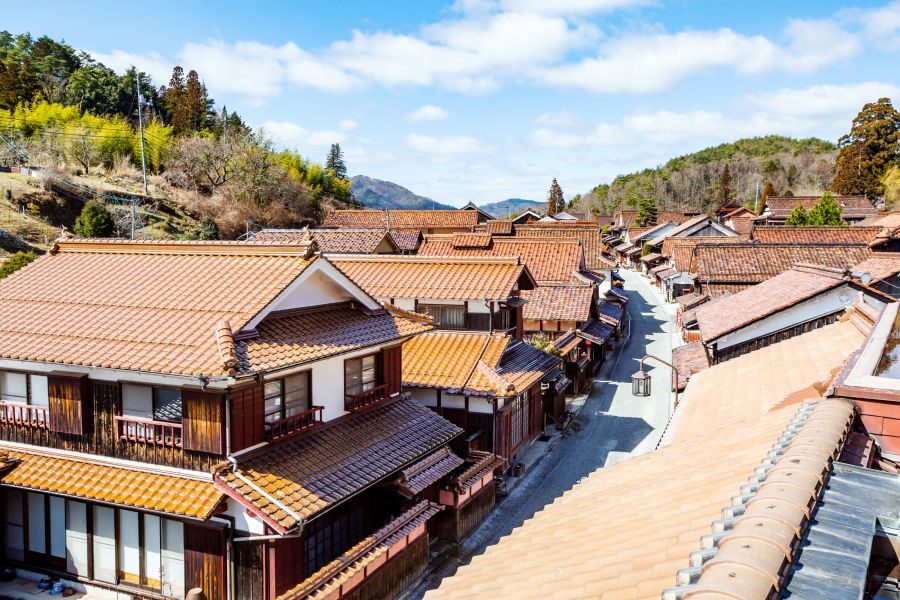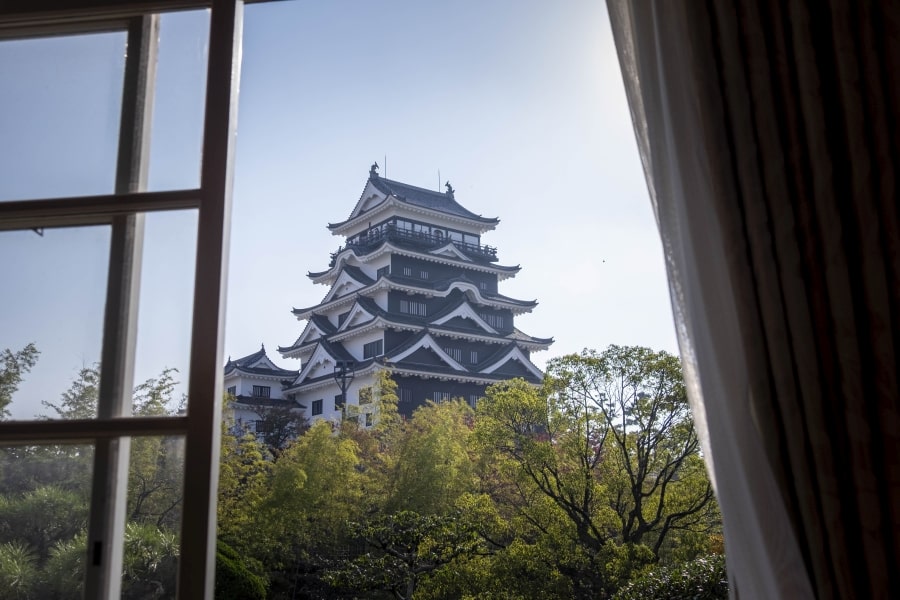SETOUCHI TOURS
Kibiji
Kibiji is an ancient road connecting Sōja and Okayama.
Home » Kibiji
Kibiji
Kibiji is an ancient road connecting Sōja and Okayama, the central area of what was once the kingdom of Kibi. Traversing a vast plain, the road is level and ideal for cycling. The path meanders past numerous sites of historical interest including Bitchu Kokubun-ji Temple, Kibitsu Shrine, Kibitsuhiko Shrine, and the Tsukuriyama burial mound. Travelling the road conveys an overwhelming feeling of being amidst timeless history.
An agricultural area, the scenic views of rice fields make traveling the road rewarding in any season. The area is known for its fine fruit, including strawberries, peaches, and grapes.
Tsukuriyama
Tumulus (Sakusan)
This is the second largest burial mound in Okayama Prefecture and the tenth
largest in Japan. It was built in the middle of the 5th century (mid-Kofun
period). There are two tumuli in the immediate area, both named Tsukuriyama,
and so this one is known as Sakusan, and the mound to the east is called Zōzan.
No full-scale excavation has been conducted of Sakusan so far, and it’s thought
that it may still contain an intact burial. Three large tumuli are arranged
along the old San’yō Road suggesting that the local powers intended to awe
travelers with their authority.
A little further on, an impressive five-storey pagoda rises up
between some low hills and the rice fields. This is Bitchū Kokubun-ji Temple.
The pagoda stands on a small hill just outside a walled compound with a main
hall, Daishi Hall, and priest’s housing. This Shingon Buddhist temple is the
successor to the provincial temple established in each domain by Emperor Shōmu
during the Nara period (710 – 794) for the purpose of promoting Buddhism as the
national religion of Japan and standardising Yamato rule over the provinces. In
741, the Emperor ordered that a state-subsidized monastery and nunnery be
established in every province. The temples were built to a standard template,
staffed by twenty monk who would pray for the state’s protection. Associated nunneries
were built on a smaller scale, with ten nuns to pray for the atonement of sins.
Little is known of the history of the Bitchū Kokubun-ji. Bitchū Kokubun-ji
Temple experienced several waves of decline and revival. The current temple
dates from the middle of the Edo period (1704-1711). The foundation stones of
the nunnery can still be seen in the pine woods a little further along the
route beyond the Kōmorizuka tumulus.
From Kokubun-ji, the route continues straight through more open fields. Soon on the left, you see a stepped, earthen structure topped with pines. This is Kōmorizuka Tumulus.
Kōmorizuka
Tumulus
When viewed from above, the tumulus is keyhole shaped. At the southwestern end
in the middle of the round portion is a stone burial chamber constructed of
megalithic blocks of granite. You can enter this impressive tunnel and gaze
through a metal gate on a house-shaped sarcophagus which was found inside the
tomb. It was hollowed out from shell limestone quarried at Mount Namigata in
Ibara, Okayama. Originally it contained the remains of a wooden coffin. Some
grave goods were also discovered, including pommels of iron swords with a
phoenix design, iron arrowheads, horse trappings, and ornaments, such as small
glass beads and gold rings. The tumulus was built in the latter half of the 6th
century.
Near the bottom of the keyhole is a pine forest where you
can see the foundation stones of the nunnery associated with Kokubun-ji. Nearby
are two thatched houses dating from the Edo period that you can enter free of
charge and have a rest.
The route passes several small tumuli before diverting
around another very large tumulus, also called Tsukuriyama.
This is the largest burial mound in Okayama Prefecture and the fourth largest
in Japan. Part of it is wooded, and a village stands in its lee. You can take
one of several paths up to the top. The keyhole shaped mound was created by
cutting away an existing hill in three tiers. Originally it was covered in large
pebbles and decorated with clay haniwa figures. Later, a Shintō shrine
was built on it. From the size of the tumulus, it’s thought to be the tomb of
the 5th century kings of the Kingdom of Kibi. However, it has never been
excavated, so its contents may be intact. The circular portion was flattened
and used as a fortification during Toyotomi Hideyoshi’s invasion of western
Japan since it commands a broad view of the surrounding area. The Tsukuriyama
Kofun Visitor Center nearby has a few exhibits, and there’s a statue of an
aristocrat from the Kofun period in the carpark.
After Tsukuriyama, the route follows a little irrigation
ditch which flows into the Ashimori River. Waterfowl such as herons and ducks
are in evidence. After a bend in the river, the route zigzags through rice
fields, passing a machine tool factory with a display of its old machines
outside. Then you come to the first major Shintō shrine of the ride, Kibitsu
Shrine.
Kibitsu
Shrine
This beautiful shrine has several unusual features. It’s raised up on a
plastered earthen platform and its tile-roofed worship hall is integrated into
the main hall which features two magnificent gabled roofs. The upper half of
the wall is lined with lattice windows. The various other shrine buildings in
the large compound are joined by a tiled cloister that runs up and down several
slopes. At the other end of the compound from the main hall is a dark, smoky
building, the Mikama-den, where divination with a food steamer is performed for
a fee.
The present main hall and worship hall were begun to be built by Ashikaga
Yoshimitsu, the third shogun of the Muromachi Shogunate, in 1390 at the order
of Emperor Go-Kōgon.
Previous
Next
Information
Name in Japanese: 吉備路
Pronunciation: ki-bi-ji
Address:Kanbayashi, Soja, Okayama 719-1123
Related Tours
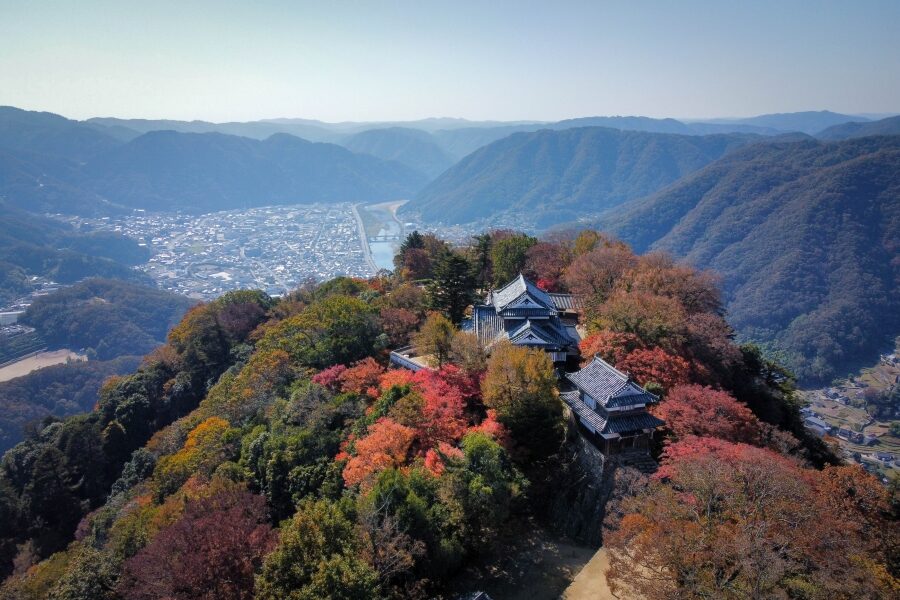
6 Days
¥498,000
This tour visits the major sights of Okayama, Shimane, and Hiroshima prefectures, focusing on the small historic cities of each region, and the natural wonders found in the countryside between them.
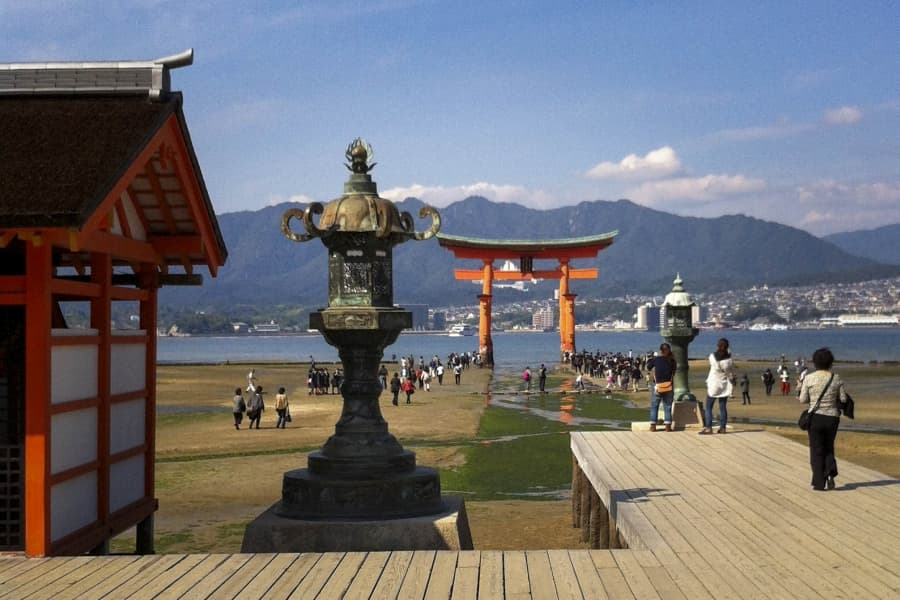
8 Days
¥598,000
This tour visits the major sights of Ehime, Yamaguchi, Okayama, Shimane, and Hiroshima prefectures, focusing on the small historic cities of each region, and the natural wonders
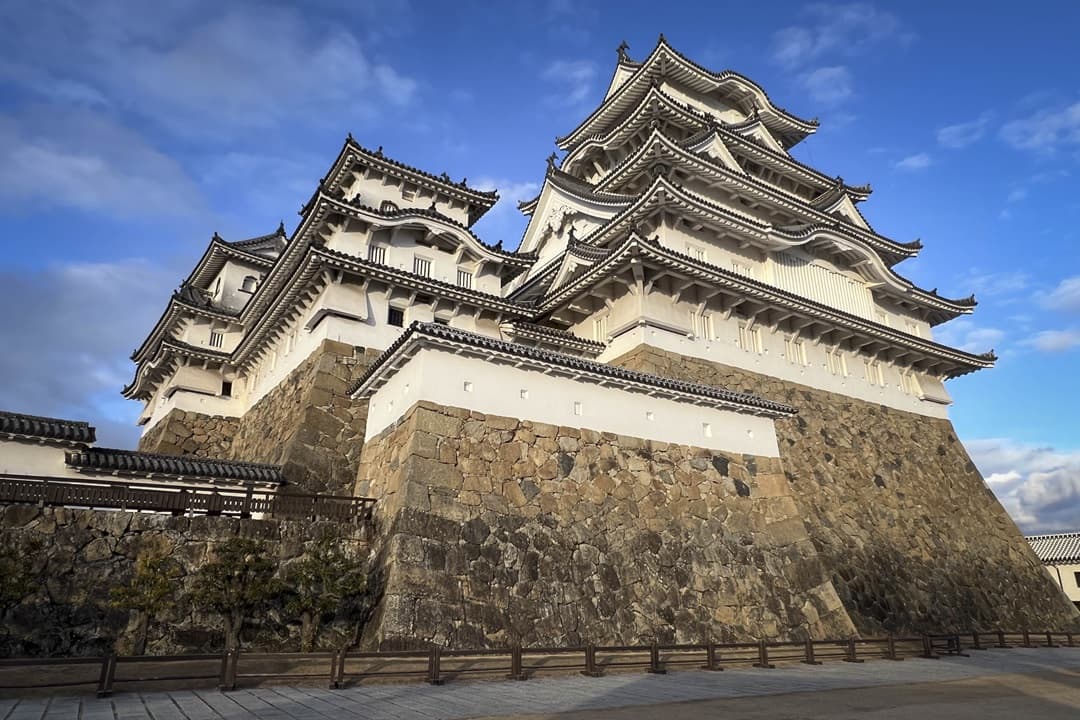
6 Days
¥598,000
This tour visits the major sights of Okayama, Tottori, Kyōto, and Hyōgo prefectures, focusing on the small historic cities of each region, and their natural wonders.
